Product Description
UPRT Upset Prevention and Recovery Training e-course:
We have designed the course in close cooperation with our airline partners that have contributed with experience and knowledge. The course covers all important subjects including cases, Stall Recovery, Upset Recovery, Aerodynamics, Causes and Contributing Factors, G Load and Energy Awareness, Recognition, System Malfunction, Human Factors and CRM. The user will experience a multimedia course with two virtual instructors called Michael and Michelle.
Who should take the course?
- Flight crew members and flight instructors
How long is the program?
- The program is designed to last approx. 180 minutes.
What is covered in the course?
UPRT e-course consists of the following subjects:
- Introduction
- Case
- Background and Introduction
- Learning objectives
- Definition of upset
- Recover from stall first
- Stall Recovery
- Case
- Stall recovery
- Special considerations
- Upset Recovery
- Nose high
- Nose low
- Nose high with high bank angle
- Nose low with high bank angle
- Aerodynamics
- Case
- General aerodynamics
- Airplane certifications and limitations
- Angle of attack (AoA) and stall awareness
- High altitude
- Flight controls
- Causes and Contributing Factors to Upsets
- Environmental (CAT, mountain wave, wind shear, micro bust, thunderstorm, wake turbulence, icing)
- Pilot induced
- Mechanical (airplane systems)
- Safety review of accidents and incidents relating to airplane upsets
- G load and Energy Awareness
- Positive/negative/increasing/decreasing g-loads
- Lateral g awareness (sideslip)
- G load management
- Negative G
- Flight Envelope
- Kinetic energy vs potential energy vs chemical energy (power)
- Relationship between pitch, power and performance
- Performance and effects of differing power plants
- Manual and automation inputs for guidance and control
- Management of go-arounds from various stages during the approach
- Automation management
- Proper use of rudder
- Full versus small control input
- Counter intuitive control inputs
- Center of gravity and mass
- Recognition
- Upset cues
- Pitch/power/roll/yaw
- Effective monitoring and cross check
- Stall protection and cues
- Criteria for identifying stalls and upsets
- System Malfunctions
- Flight control defects
- Engine failure
- Instrument failures
- Loss of reliable airspeed
- Automation failures
- Fly-by-wire protection degradations
- Stall protection system failures including icing alerting systems
- Human Factors & CRM
- TEM
- Situational awareness
- CRM specific attention on flight deck dialogue
- Vertigo & spatial disorientation
- Somatogravic illusion
- Inattention / distraction
- Startle factor
- Test
Course reference material
- ICAO Doc. 9868
- IATA Upset Recovery Best Practices
- EASA UPRT Annex II to ED Decision 2015-12-R
- FAA AC 120-109A, FAA AC 120-111, FAA AURTA
Will I receive a certificate upon completion of the course?
- Yes, you will receive a certificate that documents your training.
For airlines interested in volume licensing for e-learning, please go to ael.aero

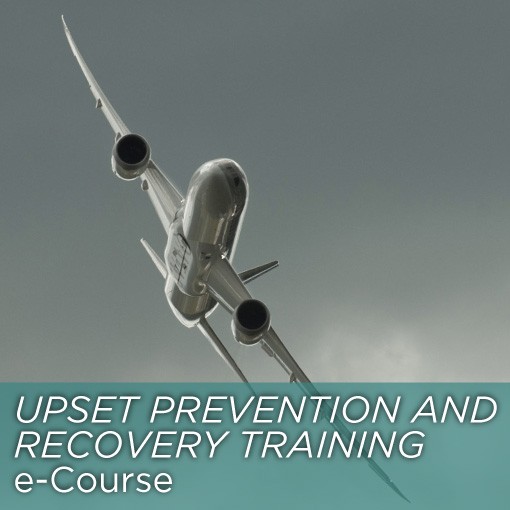
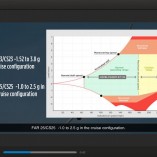
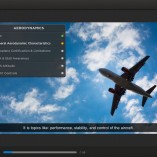
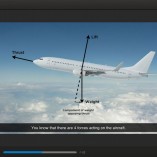
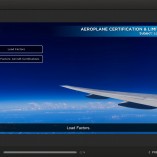
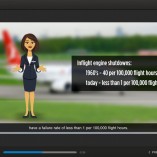
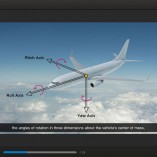



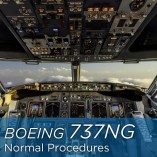



Reviews
There are no reviews yet.